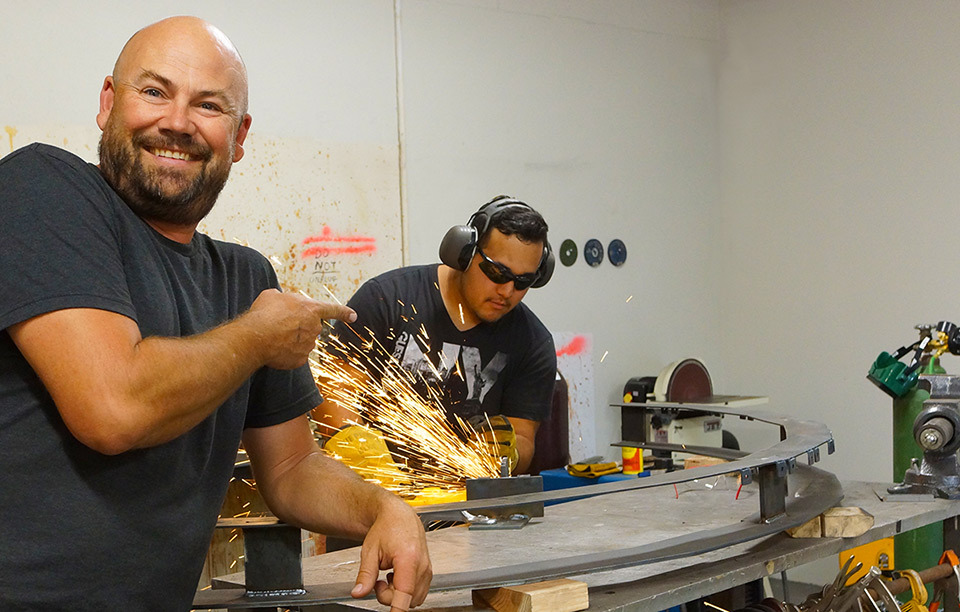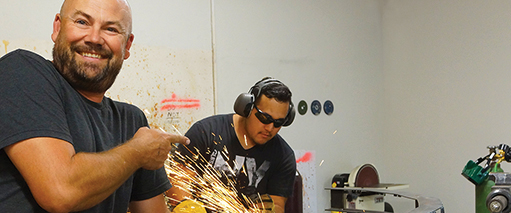Thinking Big About Living Small
Zane Fischer's Answer To The Housing Crisis


Katherine Lee
Latest Article|September 3, 2020|Free
::Making Grown Men Cry Since 1992


Katherine Lee
